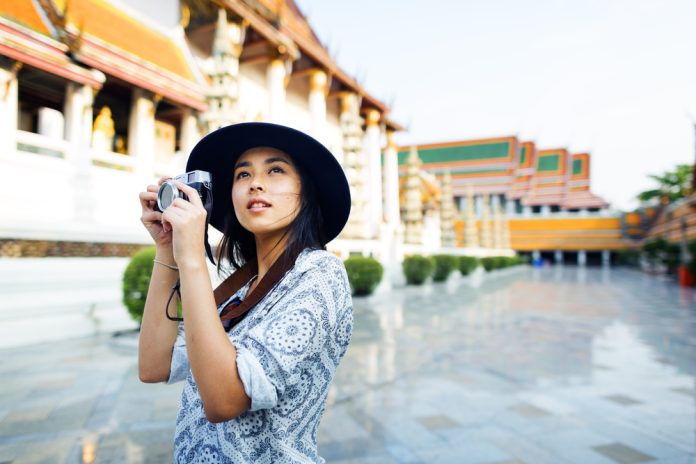Travel photography is one of the most rewarding ways to document your adventures. From gorgeous landscapes to cultural moments, it allows you to relive the journey long after you’ve returned home. But it’s easy to come back with photos that feel flat or disappointing, too…
Whether you’re a beginner with a smartphone or a seasoned shooter with a full-frame camera, certain travel photography mistakes tend to pop up again and again. These mistakes can affect everything from the quality of your images to your ability to tell a compelling story.
So, how do we fix these issues?
Let’s review six of the most common travel photography mistakes and discuss how to avoid them. With a few simple changes, you can take photos that feel more intentional, more personal, and a whole lot more powerful.
Table of Contents
- Relying Too Much on Auto Mode
- Shooting Without a Plan
- Ignoring the Light
- Overpacking (or Underpacking) Gear
- Taking Only Postcard Shots
- Neglecting the Story Behind the Photo
Relying Too Much on Auto Mode

Photo by hilalabdullah via Shutterstock
This is one of the most common travel photography mistakes. Auto mode might feel like the safe choice, especially in unfamiliar environments. But it often leads to bland images. Think washed-out skies, poorly exposed subjects, and a lack of depth.
Using auto mode means letting your camera make every decision for you. It guesses your settings based on what it thinks you want. And sometimes, it guesses wrong. When light is tricky or the subject is dynamic, that guess can ruin the shot.
Instead, learn the basics of manual control. Aperture Priority and Shutter Priority modes are great stepping stones. Adjusting settings yourself gives you control over mood, sharpness, and lighting. A little practice before your trip goes a long way.
Personally, switching to Aperture Priority transformed how I approached my photography. It let me isolate subjects, control background blur, and shoot confidently in changing light.
Shooting Without a Plan
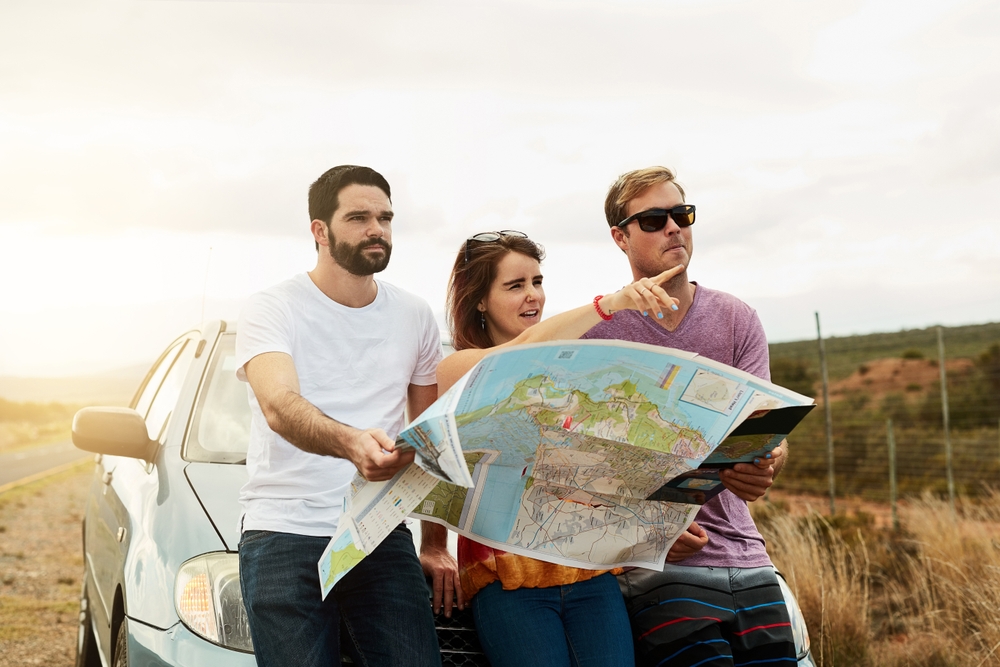
Photo by PeopleImages.com – Yuri A via Shutterstock
Another big travel photography mistake is not planning ahead. It’s tempting to just wander and snap photos. But without a plan, you may miss key moments—or shoot them in bad light or from the wrong angle.
For example, visiting a famous landmark at noon means harsh shadows and flat colors. Arriving early or late gives you better light and fewer crowds. Apps like PhotoPills and Google Earth help you scout locations and plan your shots.
A simple shot list can make a huge difference. List a few key images you want: a wide landscape, a market scene, a portrait of a local. Leave room for spontaneity, but having a goal helps you stay focused.
When I travel, I make a short photo plan for each city. It helps me prioritize locations and gave me the flexibility to explore while still capturing what mattered.
Ignoring the Light

Photo by Gergely Zsolnai via Shutterstock
Light can make or break a photo. Ignoring it is one of the most overlooked travel photography mistakes. Many travelers shoot during the middle of the day when the sun is high and harsh. This leads to flat scenes and blown-out highlights.
The best light happens during the golden hour—shortly after sunrise and before sunset. The light is soft, warm, and dramatic. Blue hour, just after sunset, also offers a moody, cinematic feel.
Learn how to use natural light to your advantage. Shoot with the sun behind you for vibrant colors or try backlighting to create silhouettes. Use shadows creatively, and don’t forget to adjust your white balance as light shifts.
Overpacking (or Underpacking) Gear

Photo by BublikHaus via Shutterstock
Traveling with too much or too little gear is another common travel photography mistake. Overpack, and you’ll be weighed down. Underpack, and you may miss shots because you lack the right tools.
Think carefully about where you’re going and what you plan to shoot. A lightweight mirrorless camera with a zoom lens and one prime can handle most situations. Add a compact tripod and a couple of filters, and you’re covered.
Leave the extras behind. You don’t need five lenses. You need flexibility, comfort, and readiness. A small sling or backpack with good padding and compartments helps keep gear organized and accessible.
I learned about this the hard way in my travels through the Rockies as a fledgling photographer. On my first day, I carried a heavy bag with three lenses and barely used two of them. By day two, I pared down to one zoom and one prime—and my back thanked me!
Taking Only Postcard Shots
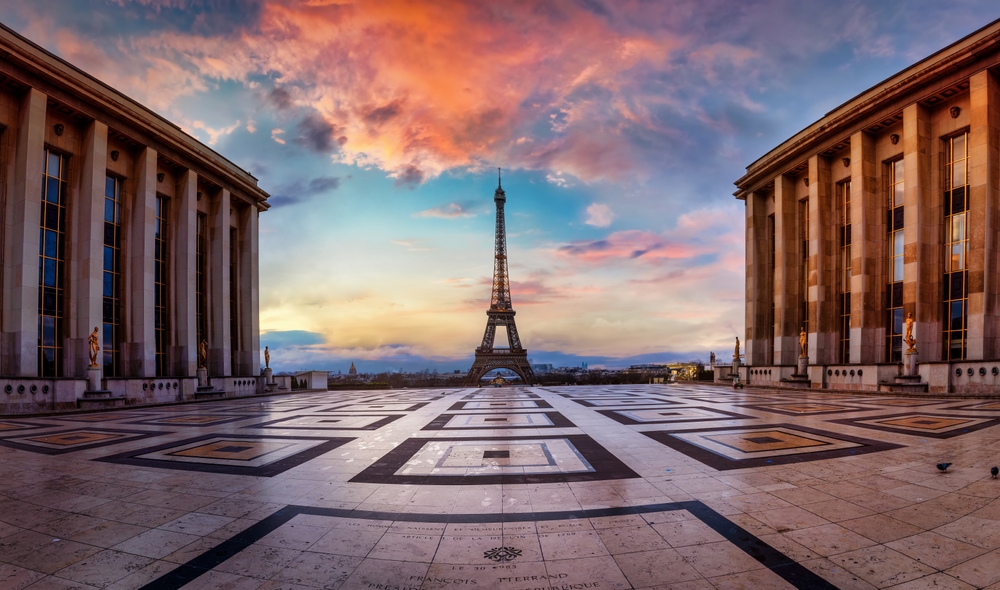
Photo by Sven Hansche via Shutterstock
This is one of those travel photography mistakes that’s hard to notice until you get home. You shoot all the landmarks, but your photos look like every tourist’s Instagram feed. They’re beautiful, but they don’t say much about your experience.
To fix this, change your perspective. Get low, climb up high, or shoot through objects to create depth. Add people to your frame for scale. Focus on small details that reveal character, like worn doorways or handwritten signs.
Try capturing moments that speak to your journey—street vendors preparing food, a child playing in a square, or your travel companion studying a map. These tell a richer story than a wide shot of a monument.
Some of my favorite shots aren’t of the most famous spots. They’re of quiet alleyways in cities, secluded lakes in national parks, and the peaceful prairies in the Midwest. They remind me how it felt to be there.
Neglecting the Story Behind the Photo
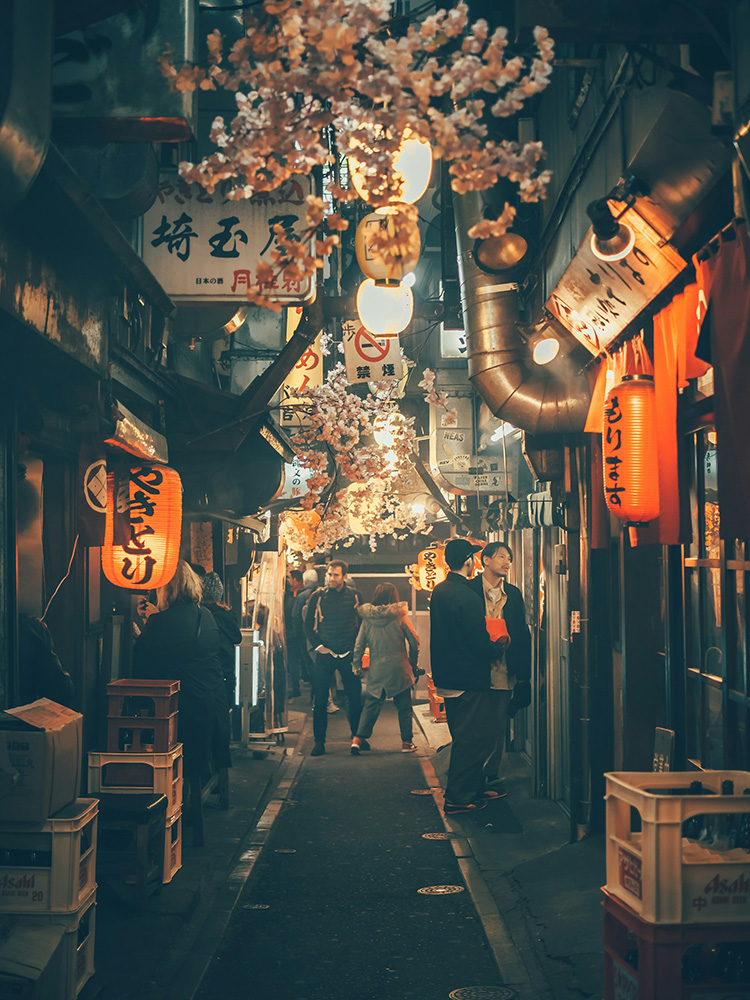
Photo by Yoav Aziz on Unsplash (license)
Finally, one of the biggest travel photography mistakes is forgetting the story. A technically perfect photo can still feel empty if it lacks meaning. The goal of travel photography isn’t just to show where you went—it’s to show what it felt like.
Think in terms of photo essays. Start with establishing shots, then go closer for details, and include moments of interaction or emotion. If you’re traveling solo, don’t forget to document your own journey—transport, meals, even the tough moments.
Pairing your photos with a journal or captions adds context. It helps the viewer connect with your experience and gives the images purpose. You don’t need to be a professional writer—just be honest!
FAQ: Travel Photography Mistakes
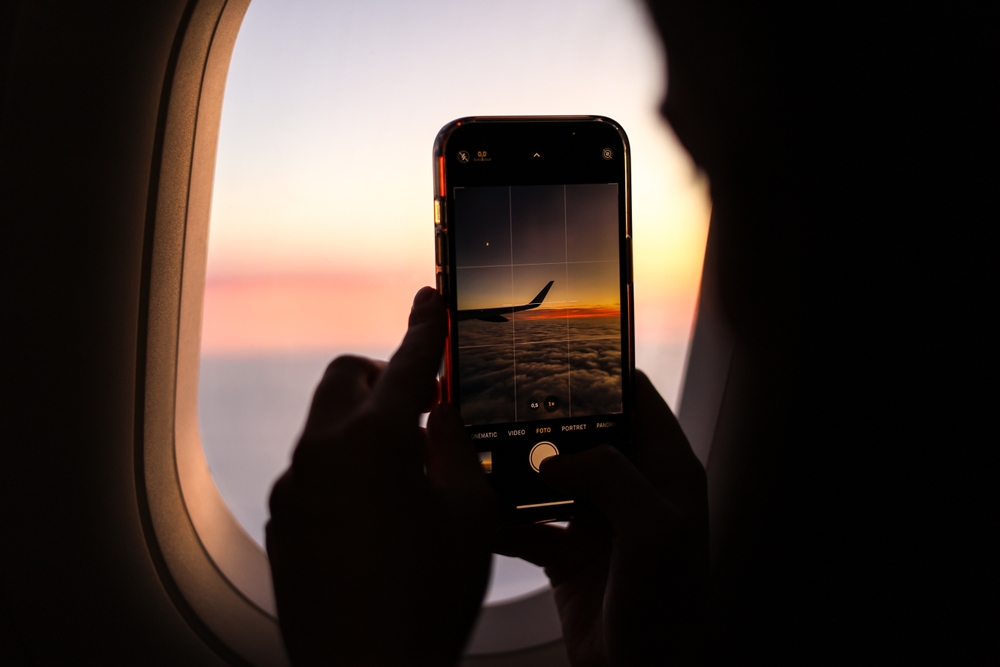
Photo by Dragos Asaftei via Shutterstock
What’s the most common travel photography mistake?
Relying too heavily on auto mode is one of the most common mistakes, as it limits your creative control and often leads to poor exposure.
How do I avoid overpacking photography gear?
Choose versatile lenses and lightweight equipment. Stick to a small, efficient kit tailored to your destination and shooting style.
Can I get good travel photos with a smartphone?
Absolutely. Learn to use your phone’s camera features and shoot in good light. Composition and storytelling matter more than gear.
Is post-processing important in travel photography?
Yes, editing helps refine your images and bring out their full potential. Just be careful not to overdo it—aim for natural, polished results.
How do I capture more authentic moments?
Be patient, observant, and respectful to capture authentic moments. Spend time in one spot and let moments unfold naturally instead of chasing every scene.
By recognizing and avoiding these travel photography mistakes, you’ll start to see your images evolve. You’ll capture more than just places—you’ll capture memories that truly reflect your adventures!
Friendly disclaimer: Our articles may contain affiliate links that support us without costing you more, and sometimes we spice things up with sponsored content—but only for products we truly stand behind!
Learn More:
- Travel Photography Tips for Beginners: How to Make the Most of Your Photos
- Beyond the Selfie: Creative Portrait Ideas to Elevate Your Travel Photography
Hero photo by Rawpixel.com via Shutterstock

